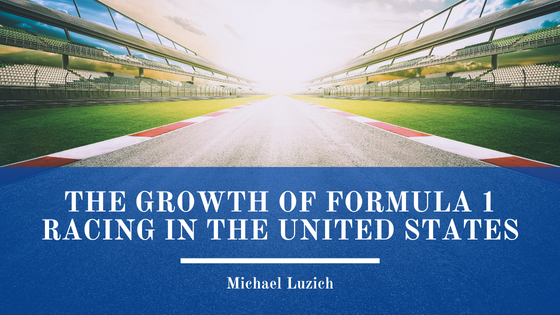In recent years, Formula 1 racing has seen the greatest ever increase in viewership. After determining that adjustments in the marketing of Formula 1 would be beneficial, organizers of Formula 1 took the necessary steps to broaden its appeal and attract a younger, more geographically diversified audience. The inaugural Miami F1 Grand Prix on May 8 attracted more celebrities, fans and sponsors than any other race in the United States. Much of this popularity is owed to the success of the hit Netflix series Formula 1: Drive to Survive. The purchase of Formula 1 by Liberty Media in 2017 not only increased fan engagement but expanded F1’s reach to those who may not have otherwise been interested in Formula 1 racing.
Although Formula 1 has been around since 1950, it has long escaped the interest of racing fans in the United States. NASCAR has historically been one of America’s favorite motorsports and, as such, Liberty Media has worked to bring Formula 1 into the homes of more Americans than ever before. Due to the sport’s increasing popularity, more events are being held in new venues. After a 41-year absence, Formula 1 will return to Las Vegas during the 2023 season. Stefano Domenicali, president, and CEO of Formula 1, believes bringing F1 to Vegas with its global footprint is a significant step in increasing interest. Since its acquisition by Liberty Media, Formula 1 has returned to France, the Netherlands, the United States and expanded to Saudi Arabia.
By modernizing F1’s digital marketing, Liberty Media has been able to expand its market like never before. ESPN averaged 949,000 viewers per race in 2021, up 54% from the previous year. The first several races of this year’s season averaged 1.1 million viewers, a 22% increase compared to 2021. The Miami F1 Grand Prix surpassed even those numbers with an average of 2.6 million US viewers tuned in to ESPN to watch the live coverage, peaking at 2.9 million viewers. Nearly every media outlet believes Formula 1 racing in the United States is here to stay, and the popularity surrounding it will only increase.
With increased viewership comes increased revenue. Liberty Media saw a 100% increase in revenue in the first quarter of 2022 compared to the previous year as well as an 86.5% increase in 2021 revenue compared to 2020 revenue. The 2022 season revenue is expected again to surpass the prior year’s revenue. Social media engagement saw a 50% increase from 2019 to 2022. As the success of F1 racing in the United States has increased, the worldwide TV audience has risen to 1.55 billion.
The current boom in Formula 1 racing in the United States is attributed to many variables; new ownership, along with increased marketing, has put Formula 1 racing in America on the map. Some argue this boom may end, but F1 still has a long way to go before it becomes mainstream.
